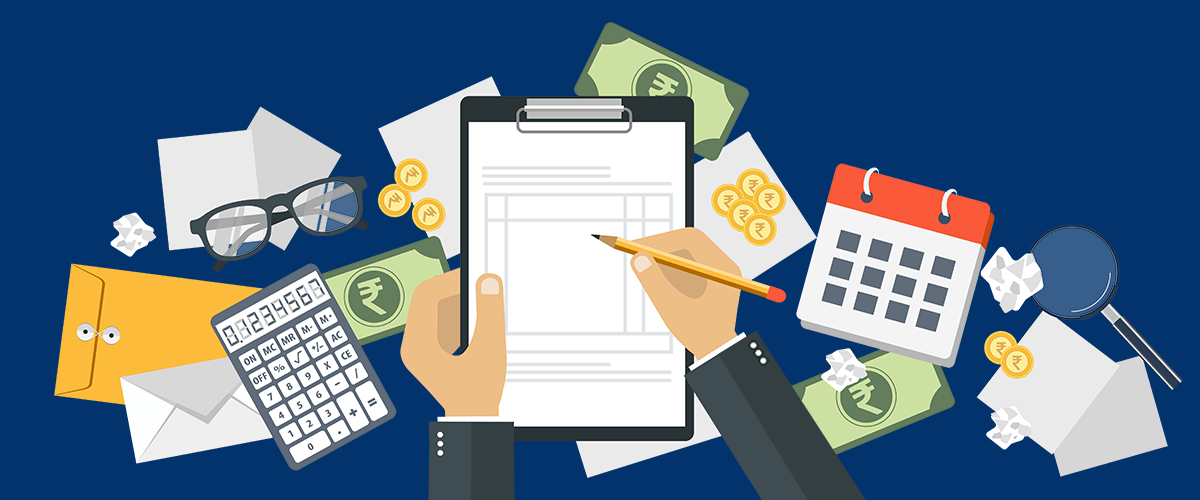An emergency fund is a financial safety net that covers unexpected expenses like medical bills, car repairs, or job loss. Having an emergency fund helps you avoid debt in times of crisis and brings peace of mind. This article guides you on building an emergency fund, how much to save, and the best ways to grow it. Here’s a practical approach to creating a financial cushion for life’s uncertainties.
- Determine Your Savings Goal:
- Aim to save 3-6 months of living expenses for a basic emergency fund.
- Calculate this based on essential monthly costs like rent, food, and utilities.
- Open a Separate Account:
- Use a high-yield savings account to grow your emergency fund with interest.
- Keep it separate from daily spending to avoid temptation.
- Automate Monthly Contributions:
- Set up a direct deposit or auto-transfer for consistent savings.
- Prioritize Emergency Fund over Other Savings:
- Focus on building this fund first before allocating money to investments.
- Avoid Using Emergency Funds for Non-Essentials:
- Reserve it only for true emergencies, not for vacations or luxury items.



